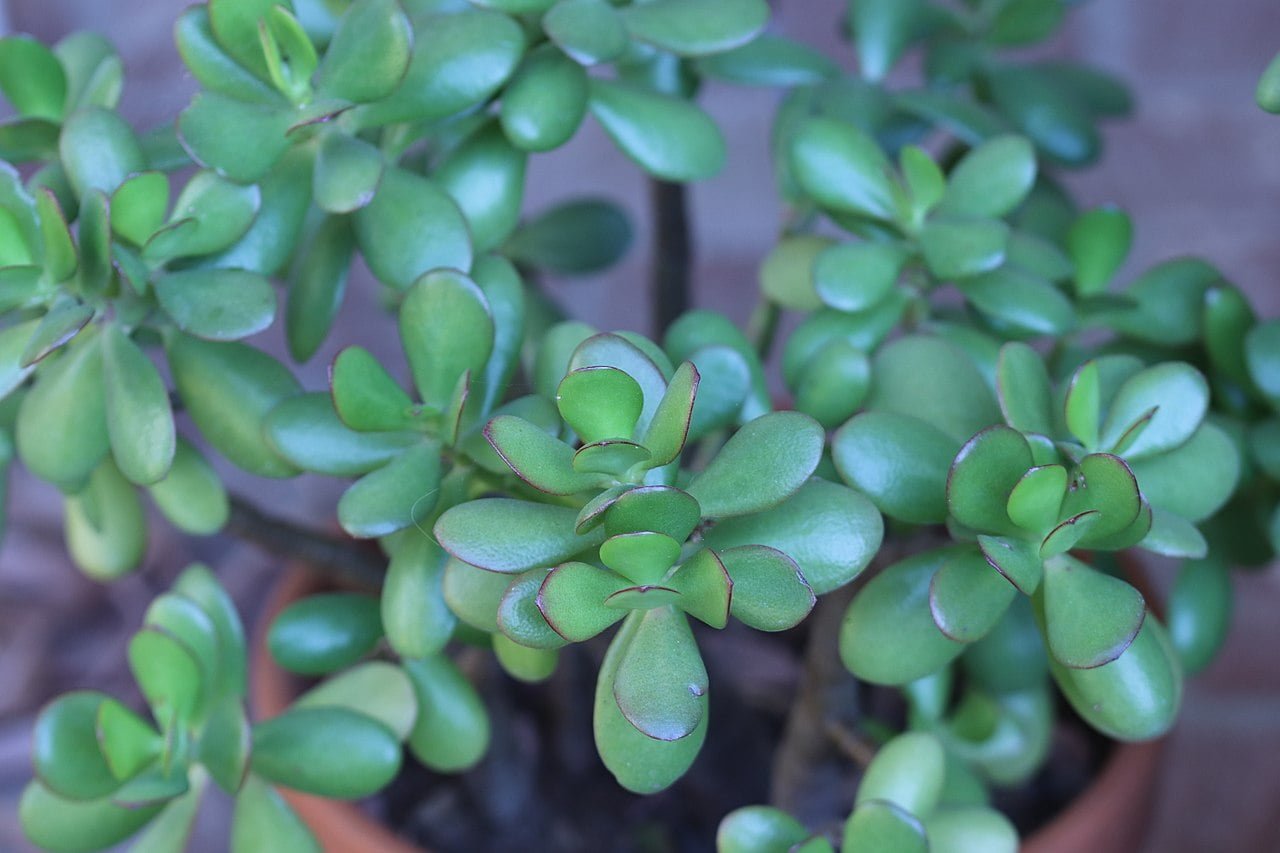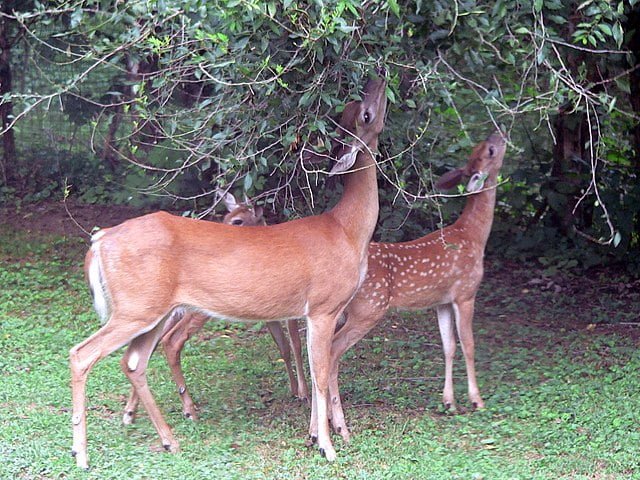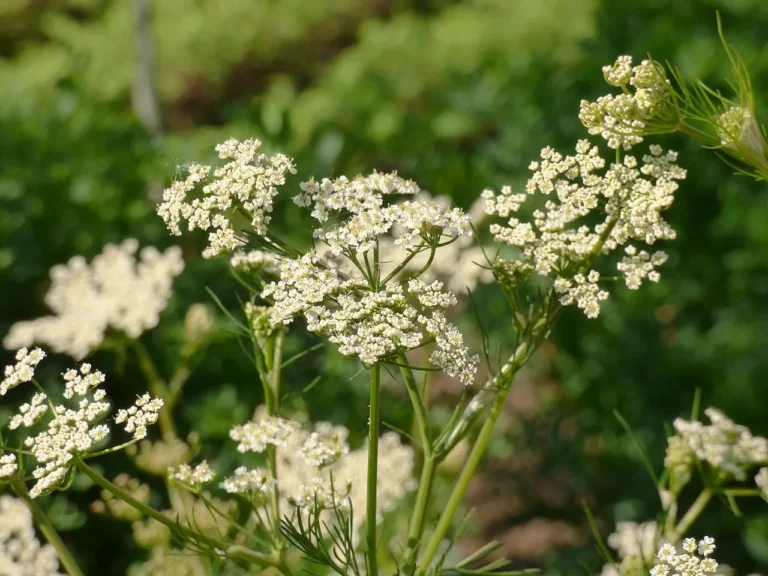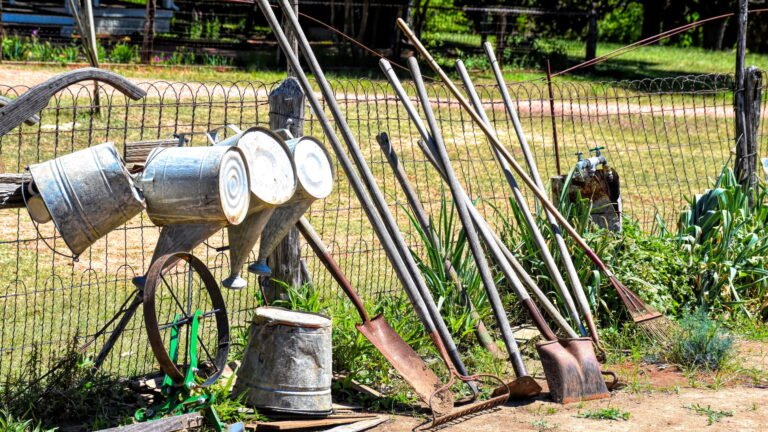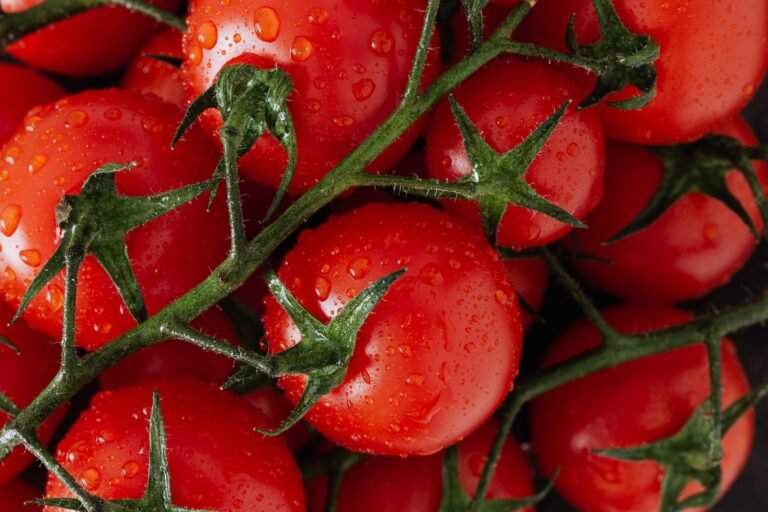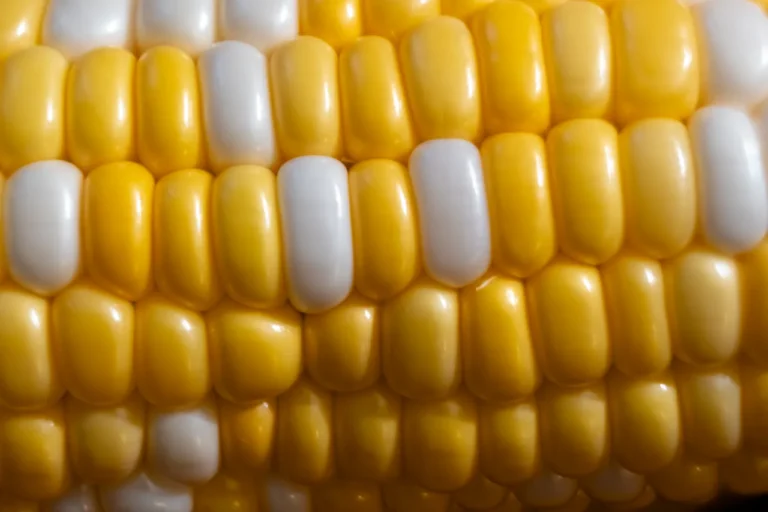Cultivating Jade Plants: An Elegant Addition to Your Indoor Garden
The jade plant, scientifically known as Crassula ovata, is one of the most popular and easiest houseplants to grow, making it an excellent choice for both seasoned gardeners and beginners. Known for their thick, glossy, dark green leaves that mimic the precious jade stone’s appearance, they add a touch of elegance and prosperity to any indoor space.
Understanding Jade Plants
Originating from the arid regions of South Africa, jade plants have evolved into durable succulents that can withstand a variety of indoor conditions. They are slow-growing plants, with mature plants reaching up to 3 feet indoors. Jade plants are also known as “money plants” in many cultures, often associated with good fortune, wealth, and prosperity, making them a common feature in homes and offices.
Caring for Your Jade Plant
Caring for a jade plant is relatively simple due to its minimal requirements. Here are the crucial elements to consider:
- Light: Jade plants thrive in full sun to partial shade. A southern-facing window is ideal. If the plant isn’t receiving enough light, it will become leggy as it stretches towards the sun.
- Water: As a succulent, jade plants store water in their leaves, so overwatering can lead to root rot. Wait until the top soil is completely dry before watering again. In winter, the plant enters a dormant stage and requires even less water.
- Temperature and Humidity: Jade plants prefer average room temperatures of 65 to 75°F during the day and around 55°F at night. They can tolerate dry air, but they don’t do well in frosty conditions.
- Soil: Use a well-draining soil, preferably a cactus mix or sandy loam. Good drainage is crucial to prevent root rot.
Propagating Jade Plants
One of the joys of cultivating jade plants is how readily they propagate. To propagate a jade plant, snip off a stem of around 2 inches, allow it to dry for a few days until a callus forms over the cut surface. Then, place the cutting into a pot filled with a cactus mix or sandy loam. Keep the soil slightly moist, and in a few weeks, the cutting will develop roots and start to grow.
Common Jade Plant Issues and Solutions
While jade plants are generally low-maintenance, they can experience a few problems. Leaves turning yellow or brown often indicate overwatering. Reduce the watering schedule and ensure the plant has well-draining soil and a pot with drainage holes. If your jade plant becomes leggy or stretched, it’s likely not getting enough light. Move the plant to a brighter location, but avoid direct midday sun, which can scorch the leaves.
Adding a Jade Plant to Your Home

Jade plants are more than just an easy-to-care-for houseplant. They are steeped in symbolism, believed to bring good luck and prosperity, making them a thoughtful gift for housewarmings or business openings. Their attractive appearance and long lifespan can bring beauty and positivity to your space for years to come.
Cultivating jade plants can be a rewarding experience, especially when you see them grow and thrive. With minimal care, you’ll have a gorgeous, prosperous plant that will last for many years.

